
HYPEBEAST CN编辑 SABUKARU编辑 529D实验室主编之一 前摩登天空ZERO编辑 Pornhub中文译者
Why are these rotten cloths so expensive?
Who would have thought that a hundred years ago, Japanese peasant clothing, which was too shabby to be regarded as a symbol of poverty, was an important source of inspiration for those trendy brands that did not discount on Double Eleven, and did not even set up stores in China?
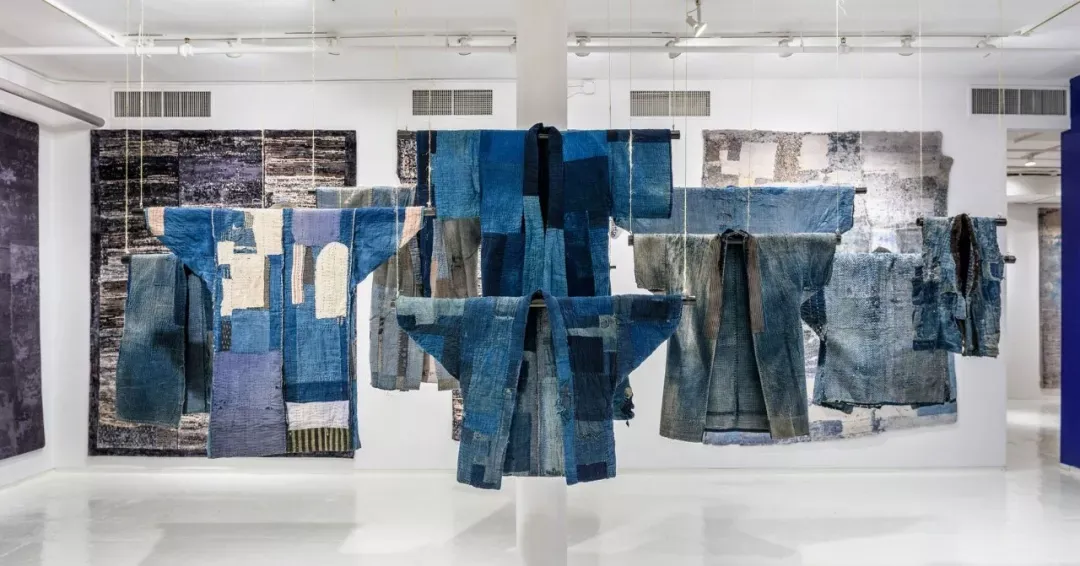
BORO, Japanese "ぼろ", Chinese meaning "ragged", was the main clothing of peasant families in northern Japan during the Edo period.

Unlike today's Visvim, FDTML and other brands that deliberately create a sense of dilapidation with patches, abrasions, washing and other processes, BORO's tattered texture is a product of last resort.
Its origin is simplicity, saving and cherishing things.
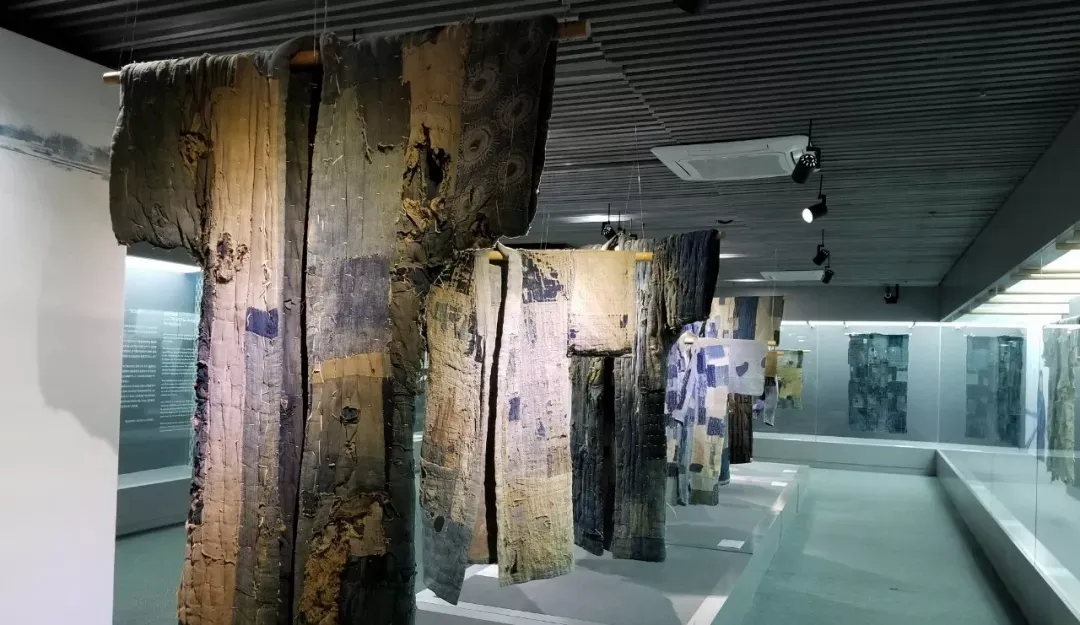
In places like Aomori Prefecture at that time, silk fabrics were only available to the privileged class, and farmers were not even allowed to use cotton fabrics. They can only use sackcloth and other coarse scraps to stitch together bedding or clothing.
Every piece of fabric should be cherished. If it is broken, it will be patched. Even a bundle of rags is precious. As long as there is ready-made fabric at hand, even if it can only make the clothes thicker and stronger, it will be sewn up.
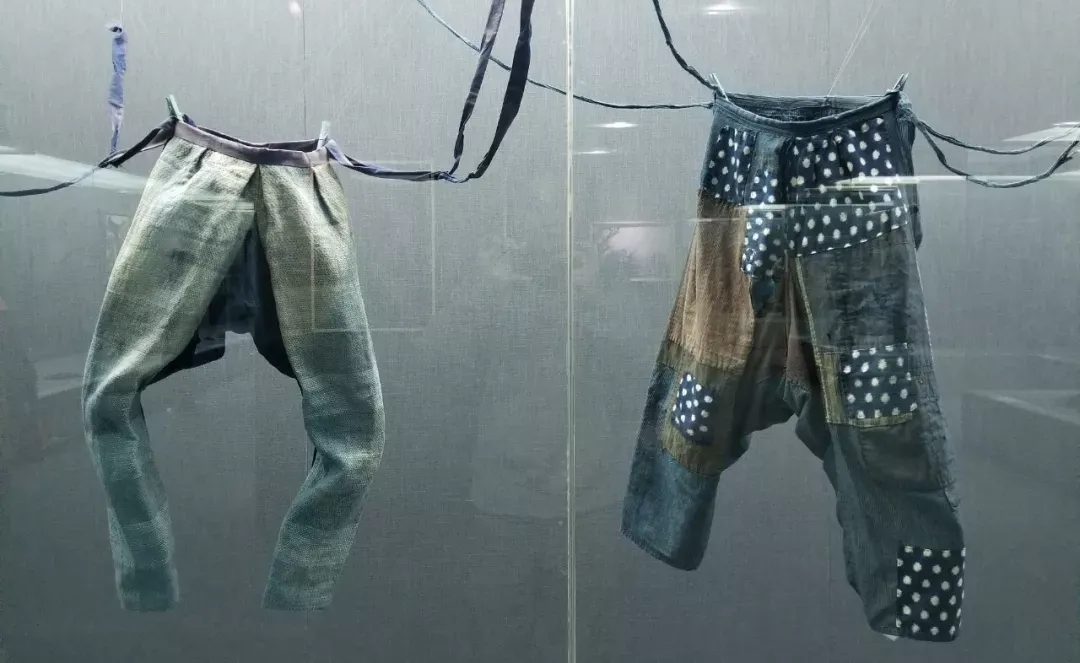
In the cold winter season, there is almost no other means of heating other than clothes. If it is not warm enough, add several layers of linen outside, sew up the holes in the clothes, and fill the interlayer between the cloth and the cloth with hemp shavings.
Most BOROs are blue, because a plant called polygonum indigo is mainly used to dye clothes, that is, "blue dyeing". Polygonum indigo has antibacterial, anti-insect, and deodorizing effects. become more durable.

That's BORO, and it's how bottom-tier families survive in tough circumstances.
There is an old saying in China, "New three years old three years, sewing and mending for another three years", and in Japan at that time, fabrics could carry the body temperature of the entire family across decades and drape over generations, leaving the same blood, also warmed by the same clothes.
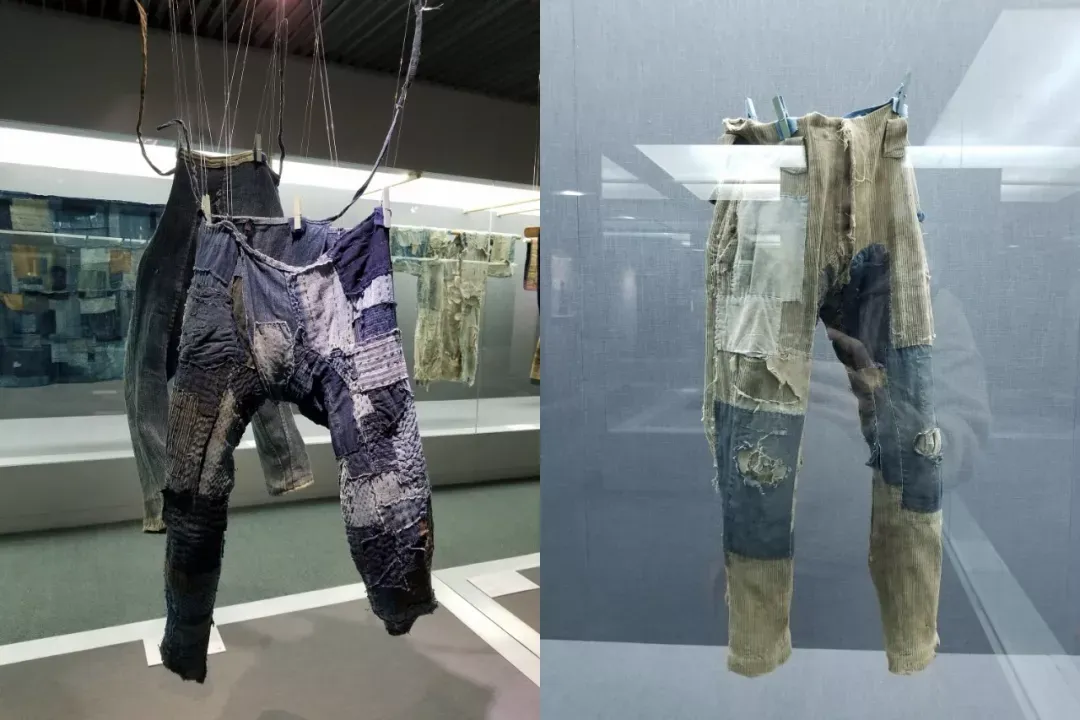
Compared with BORO, BODO, known as the cloth of life, may more vividly interpret the inheritance of this cloth.
BODO is a mattress made of cotton, linen and kapok. It is generally used as a quilt, but it also has a more important mission, as a midwifery tool for women during childbirth.

The production method adopted at that time was "squat delivery". The BODO was twisted into a rope and tied to the beam of the house. The pregnant woman grabbed the rope to support her body and gave birth in a squatting position.
BODO is sewn from old clothes of grandparents and parents, and that's how it has been passed down through generations, with patches applied layer after layer, and each life is born without the power of one person.

In fact, BORO's clothing in the form of navy clothing is not unique to Japan. Similar clothing has appeared in the Spring and Autumn Period in China.
The cassocks worn by monks in ancient times were also sewed from old clothes and pieces of cloth donated by people. In the past, parents often went from house to house to ask for cloth to be sewn together to make clothes for their children in order to pray for the removal of clothes. Sickness disaster.
The indigo dyeing technique used by BORO also originated from China. It first appeared in the Qin and Han Dynasties, and was only introduced to Japan from China in the 6th century.
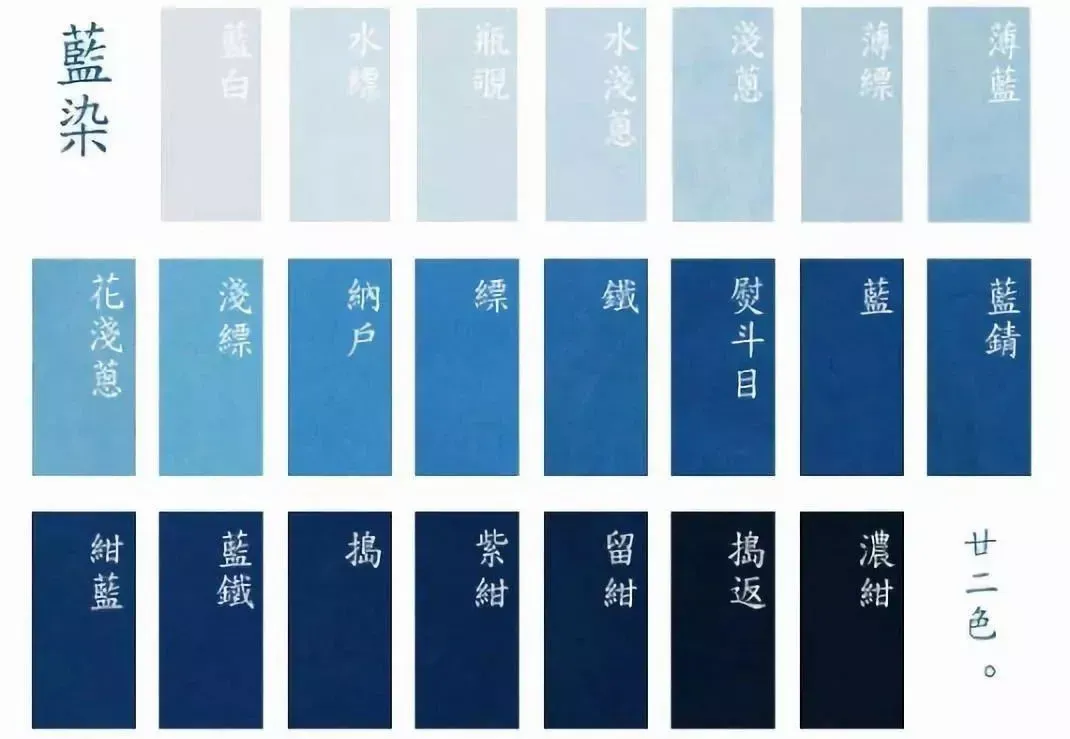
Mr. Tanaka Chusaburo is a Japanese folklore scholar who has devoted his life to the investigation and collection of agricultural tools. Most of the existing BOROs are his collections. Without his unremitting persistence, these precious cultural heritages would probably be discarded casually.
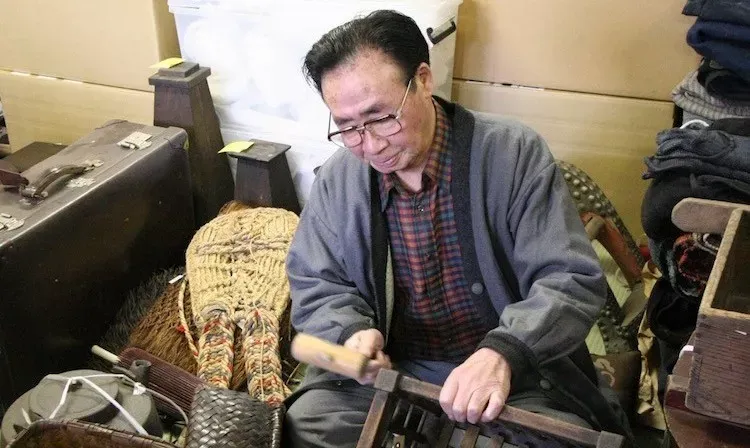
While doing a folk survey, Mr. Tanaka met a chatty old woman. One day he and her mother-in-law chatted for a long time. During this time, the mother-in-law stood up and took out a bag from the house. The bag contained all kinds of rags.
"I have 8 children, the boys are naughty, and their clothes are often torn, and when even girls have holes in their clothes, I will patch them with cloth at night.
But now that I take these out, the children and grandchildren will say, 'Don't take this kind of thing out, it's too embarrassing, just throw it away! 'I knew I would cherish the good things that I don't need so much, and the children would say that, I used them when I was young, and there was nothing to give up." The mother-in-law cried as she spoke.

Now BORO has gradually become a clothing style, a common language of world art, and many brands including LV have launched BORO items.

Kapital, co-branded with LV in the picture above, is a trendy brand in Japan that started as a garment factory. It uses the most traditional BORO collage process and Sashiko sewing process to perfectly combine American retro with Japanese folk customs.
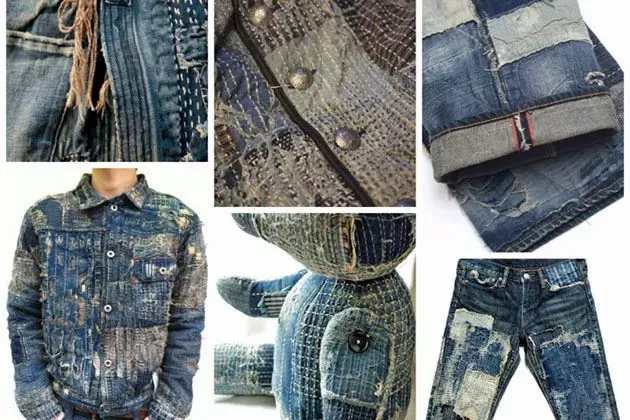
Nakamura Century's brand VISVIM is also deeply influenced by traditional clothing culture. There is an article about BORO in the Dissertations section of its official website. There are also many designs with the theme of BORO ancient cloth.

There is even a brand of KUON, which is rooted in the native BORO culture, and strives to retain the original appearance of BORO fabrics to design products.
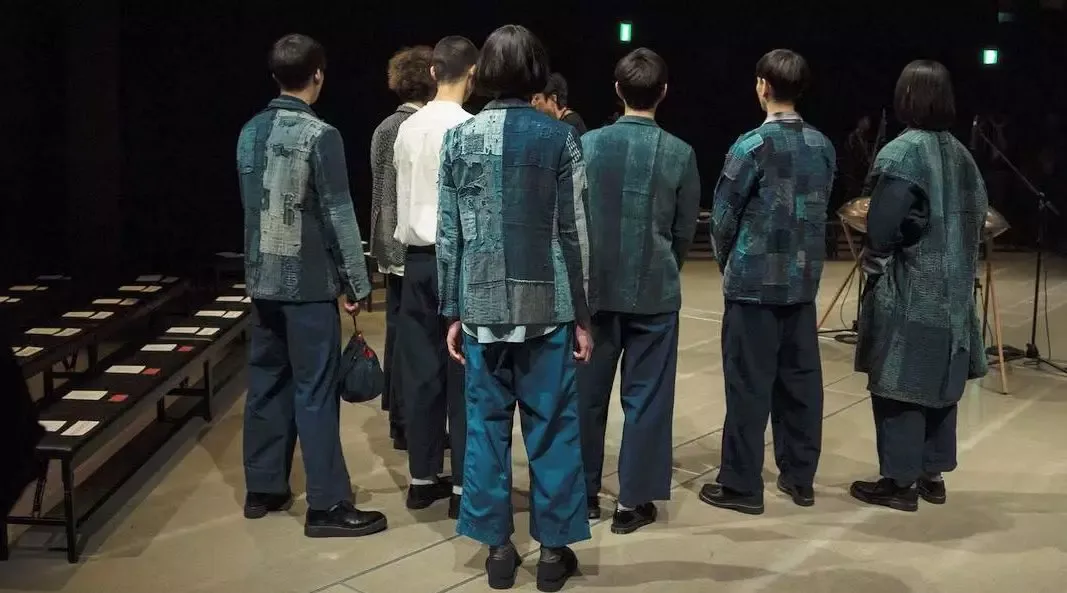
But if you see this and you have the urge to go to Taobao to search for BORO, then this article was written in vain.
The reason why BORO can be talked about again by today's young people for more than a hundred years is that in addition to the aesthetic aspects of art, the more valuable is the spiritual core attached by predecessors that cannot be reflected in the price tag.
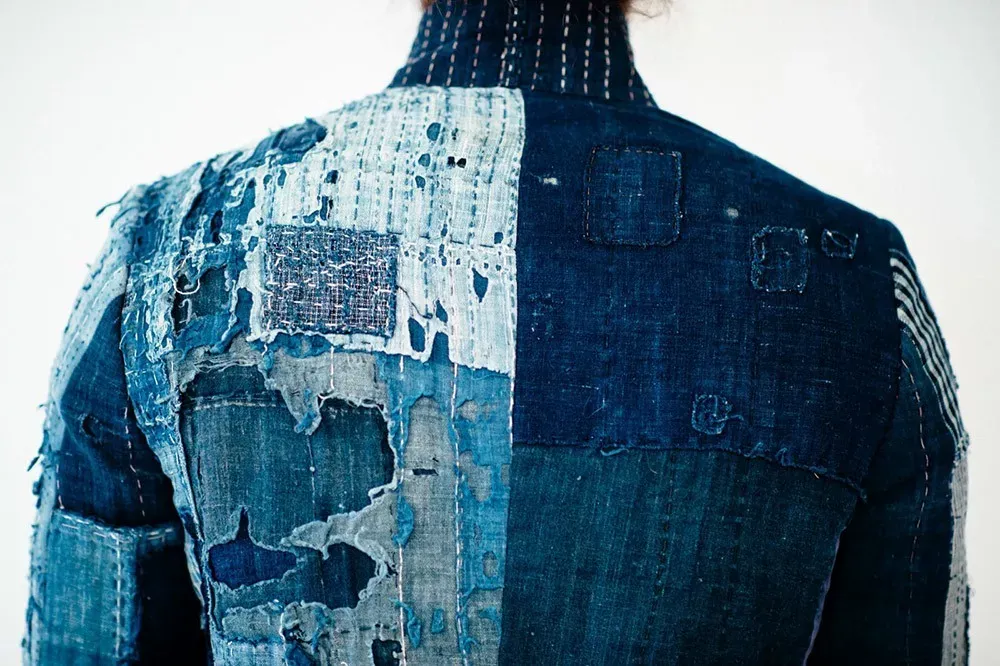
It symbolizes the overwhelming culture of cherishing cloth, which is opposed to the culture of consumption and waste. The worldview displayed by these rags and rags is deafening, and it is exactly what our generation needs to think about.
Like my work?
Don't forget to support or like, so I know you are with me..
Comment…